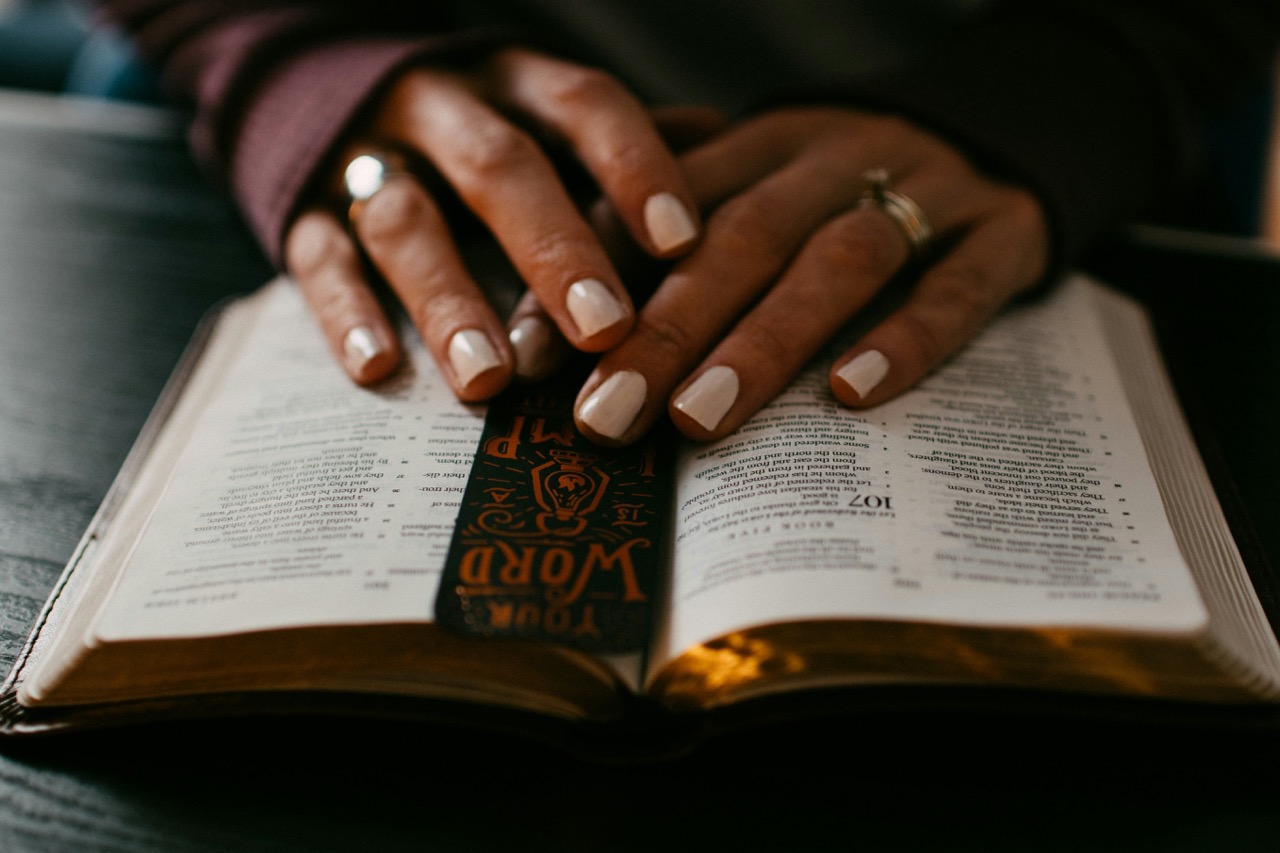How Christian Art Workshop Preserves Historic Religious Art

Christian art has long served as a vital expression of faith, reflecting the beliefs, traditions, and narratives that define various religious communities. However, as time passes, many of these historic works face the risk of deterioration due to environmental factors, neglect, and change in cultural values. Christian art workshops play a crucial role in preserving these precious artifacts, ensuring that they continue to inspire and educate future generations. This article explores how these workshops contribute to the preservation of historic religious art and the techniques they employ in their restoration efforts.
The Role of Christian Art Workshops in Preservation Efforts
Christian art workshops serve as sanctuaries for historic religious artworks, focusing on the preservation of pieces that hold significant cultural and spiritual value. These workshops often collaborate with churches, museums, and community organizations to identify at-risk art pieces that require immediate attention. By gathering a team of skilled artisans, historians, and conservators, they work to create an environment where these artworks can be restored properly.
Additionally, these workshops often engage in educational outreach, instilling a sense of appreciation for religious art among local communities. By offering workshops, lectures, and exhibitions, they raise awareness about the importance of preserving such artworks. This engagement not only fosters a deeper understanding of the historical context but also inspires individuals to support preservation initiatives, thereby strengthening community ties and ensuring the future of religious art.
Furthermore, Christian art workshops contribute to the documentation of religious art history. By systematically cataloging the works they restore, they create a valuable resource for future scholars and enthusiasts. This documentation ensures that the stories behind the artworks are not lost and that their cultural significance is recognized. In this way, these workshops serve as a bridge connecting past and present, making historic religious art accessible to all.
Techniques Used to Restore Historic Religious Artworks
The restoration of historic religious artworks requires a blend of traditional craftsmanship and modern conservation techniques. One common technique involves cleaning the surface of the artwork to remove dust, dirt, and grime that can obscure the original colors and details. Artisans use specialized solvents and gentle cleaning tools to ensure that the integrity of the piece is maintained while revealing its inherent beauty. This meticulous process often requires a deep understanding of the materials used in the original creation, ensuring that each method applied is appropriate for the specific artwork.
In addition to surface cleaning, workshops employ techniques like retouching and inpainting to address areas of loss or damage. Skilled restorers carefully blend new pigments with the original colors, making it difficult for observers to distinguish between the original paint and the restoration. This method emphasizes the importance of preserving the artwork’s aesthetic while also honoring its historical authenticity. Each restoration is approached with a philosophy of minimal intervention, where the goal is to repair rather than recreate.
Moreover, advanced technology has revolutionized the field of art restoration, allowing for more precise methods of analysis and intervention. Techniques such as digital imaging and 3D scanning enable restorers to assess the condition of artworks in detail, revealing hidden layers and previous restorations. These technologies provide valuable insights that inform the best course of action for each piece. By combining traditional skills with modern advancements, Christian art workshops ensure that historic religious art is preserved with the utmost care and respect.
The preservation of historic religious art is a vital endeavor that requires dedicated efforts and expertise, and Christian art workshops are at the forefront of this mission. By employing a variety of techniques and nurturing a sense of community around the appreciation of religious art, these workshops ensure that future generations will have the opportunity to connect with their spiritual heritage. The work being done in these spaces not only champions the preservation of art but also fosters a deeper understanding of the stories and beliefs that shape our world. In doing so, they keep the spirit of these historic artworks alive, transcending time and inspiring faith.




